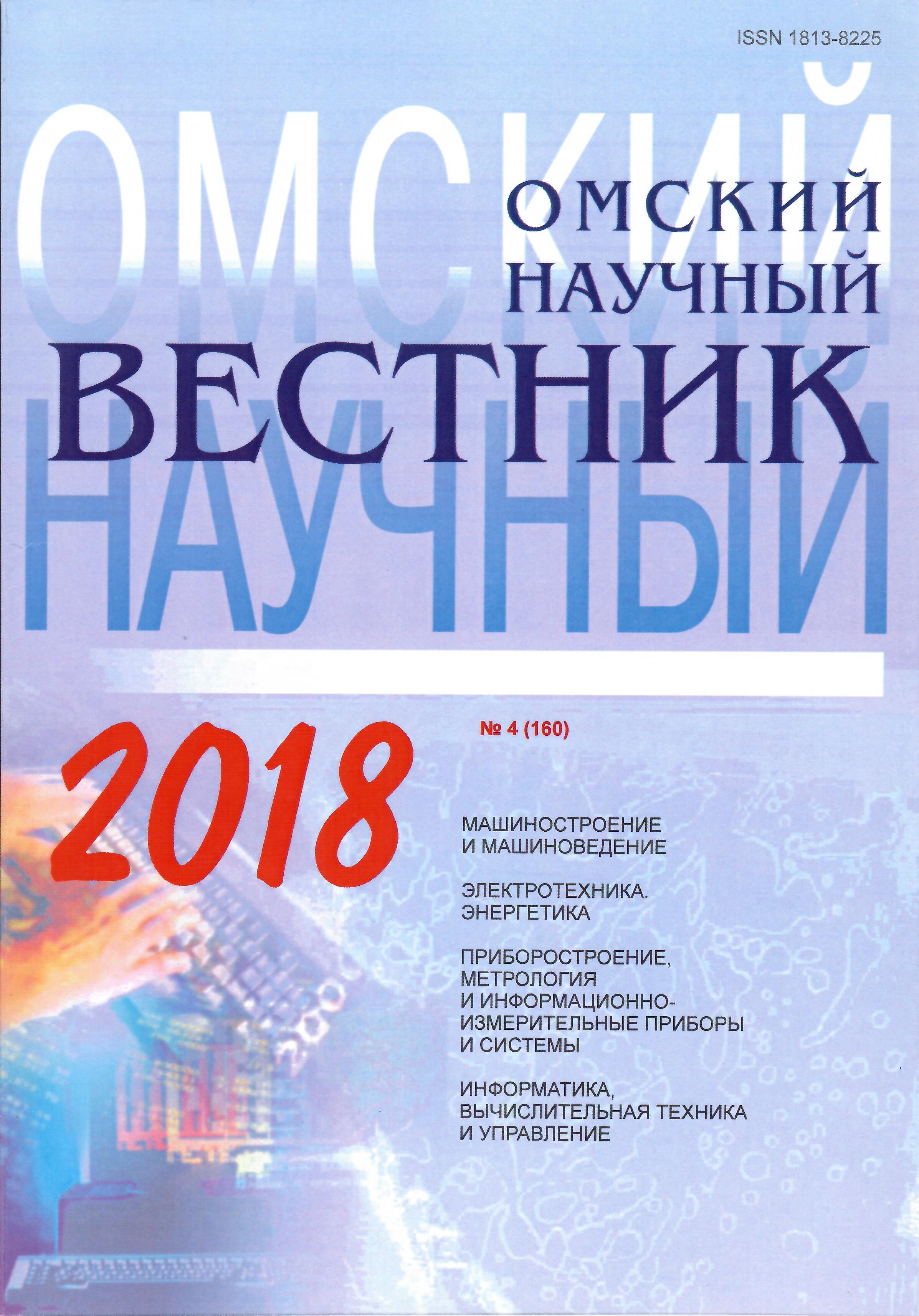Heat exchange processes in volume of fire-tube boiler with non-water heat transfer fluid
DOI:
https://doi.org/10.25206/1813-8225-2018-160-73-78Keywords:
high temperature heat transfer fluid, fire-tube boiler, nanofluid, thermal conductivity, coefficient of heat transfer, nonwater heat transfer fluidAbstract
The article suggests the solution of problems related to the intensification of heat transfer from the high-temperature organic
heat transfer fluid. The main advantages of high-temperature heat transfer fluid are given. Heat transfer processes by heat conduction and convection are considered. The criterial equation describing heat exchange in the volume of a high-temperature organic heat transfer fluid under natural convection is presented. The description of a nanofluid and its main characteristics are given. Present models of calculating the basic thermophysical properties of a nanofluid (density, heat capacity, viscosity, and thermal conductivity) are presented. Based on the results of the calculated experiment, graphs of the dependence of density, heat capacity, viscosity, thermal conductivity, Grashof number and heat transfer coefficient of ditolylmethane and nanofluids based on it (ditolylmethane + Cu (1%) and ditolylmethane + Cu (5%)) on temperature are plotted.
Downloads
Published
How to Cite
Issue
Section
License
Non-exclusive rights to the article are transferred to the journal in full accordance with the Creative Commons License BY-NC-SA 4.0 «Attribution-NonCommercial-ShareAlike 4.0 Worldwide License (CC BY-NC-SA 4.0»)




